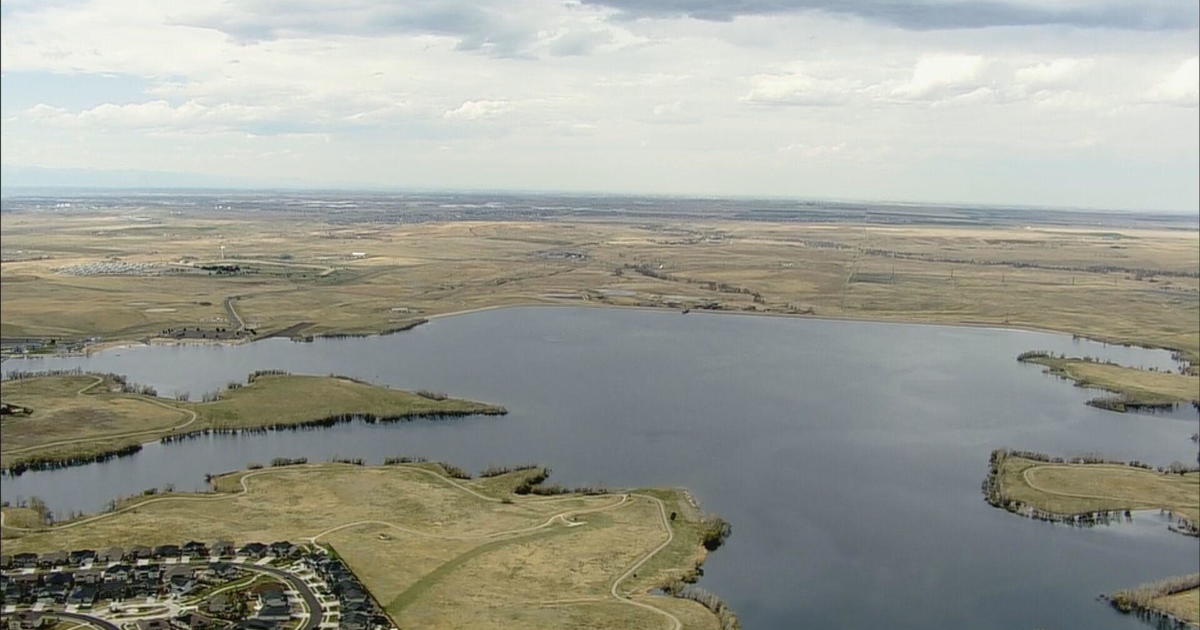Mammoth Bones In Douglas County Tell Ancient Story
(CBS4) - Big discoveries can be made by accident. Such was the case in the 1960s when a Douglas County rancher dug down into the ground and came up with some big bones. Understanding the significance of his find is still unfolding today.
In 1960 Charles Lamb hired a backhoe to dig down deeper into a spring to find more water for his cattle.
"This was a very large spring and it drew a wide variety of animal life to it," says historian Bob Terwilleger. "When they began to pull up bones, very large bones, they realized immediately that these were not contemporary cattle or horses."
They were the bones of the Columbian Mammoth.
"(The mammoth) needed to consume, given their size, some 600 pounds of grass and some 40 gallons of water daily," says Terwilleger.
Word spread quickly, and excavations were soon taking place, first in the early 1960s, then 20 years later at what is now known as Lamb Spring. More recently, Dr. James Dixon supervised the removal of a complete mammoth skull and tusks in 2003.
"This contains archaeological material dating between 8,500 and 9,000 years ago, possibly 11,000 years ago and then even earlier to 13,000 years ago," said Dr. Dixon.
The Smithsonian Institution has been involved with the excavations from the beginning. Layer upon layer of animal bones piled up over a span of 7,000 years, a span that included the extinction of the Columbian Mammoth.
"It's real important to save these sites if we want to understand the pre-history of North America."
Among the piles of bones in Lamb Spring a rock was discovered.
"It's huge," says Dr. Dennis Stanford with the Smithsonian. "When you look at the geology out there, the largest rocks you find out there are tiny in comparison."
The stone's origin was traced to the South Platte River to the west.
"And down there were boulders the right size, so it was pretty clear that somebody walked down to the nearest outcrop down along the Plattte River, which is not that far, actually, and then brought back up hill one of these boulders and then broke bones with it," explains Dr. Dixon.
Markings on the rock suggest that somebody used the rock to split open bones pulled from lamb spring, to extract marrow, a rich source of protein. It was now clear to archaeologists that along with the huge mammoths who came to drink, humans were also part of the picture.
"The evidence found on site at Lamb Spring points to the very real possibility that this is one of earliest locations of human activity on the North American continent," says Terwilleger.
From this 35 acre parcel of land surrounded by development in one of Colorado's fastest-growing counties, new questions arise about how the very first human beings arrived in this part of the world.
"This site, Lamb Spring, is one of the few remaining sites left certainly in Colorado and certainly in the Rocky Mountain region," Terwilleger says. "They've been paved over. They've been built over and it's been suggested that more than 90 percent of those sites have been lost forever, which is why Lamb Spring is so very important to all of us relative to the human story."
While so much remains to be discovered at Lamb Spring, small fragments of its intriguing history continue to rise to the surface, more tantalizing clues to our ancient past.



